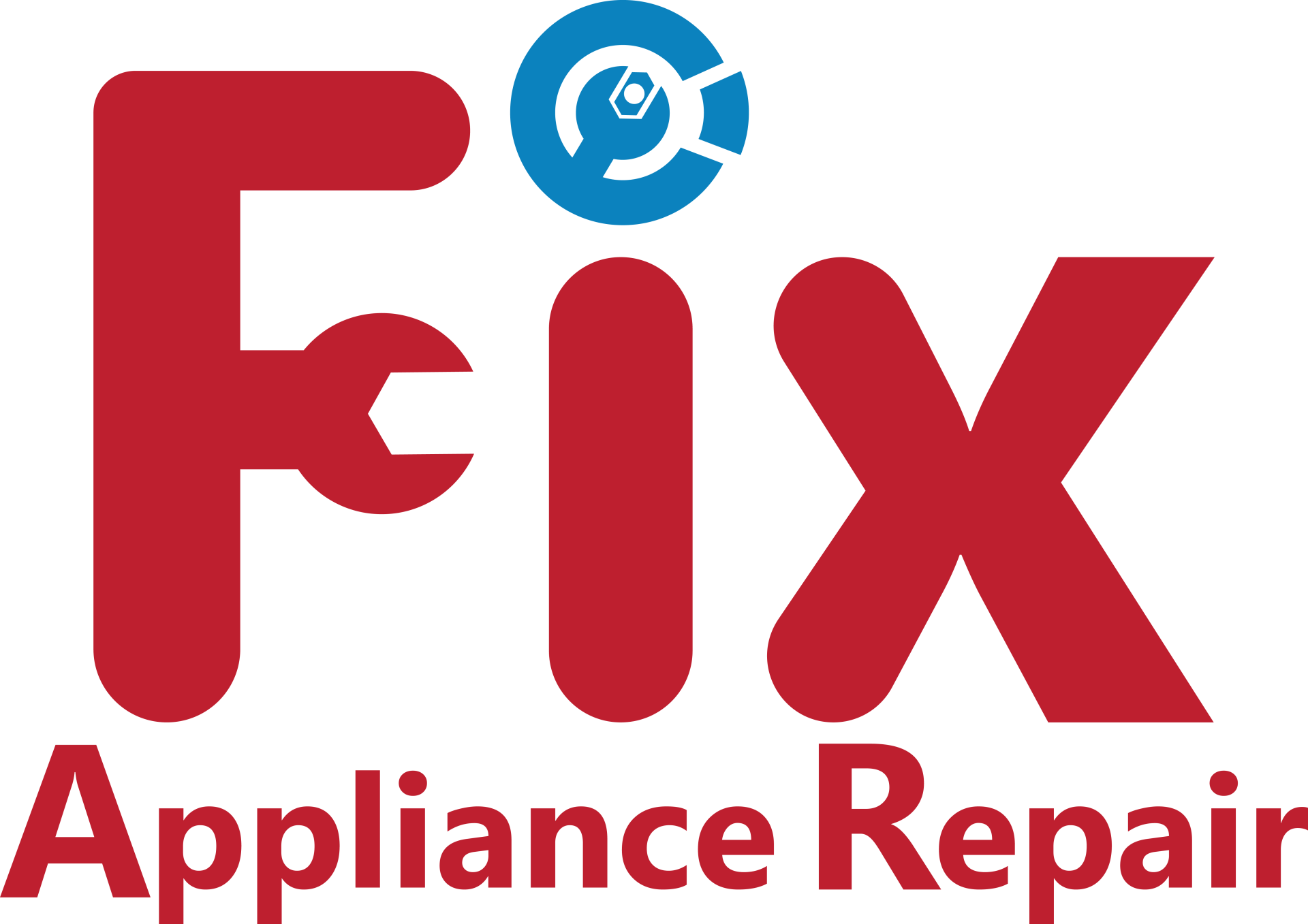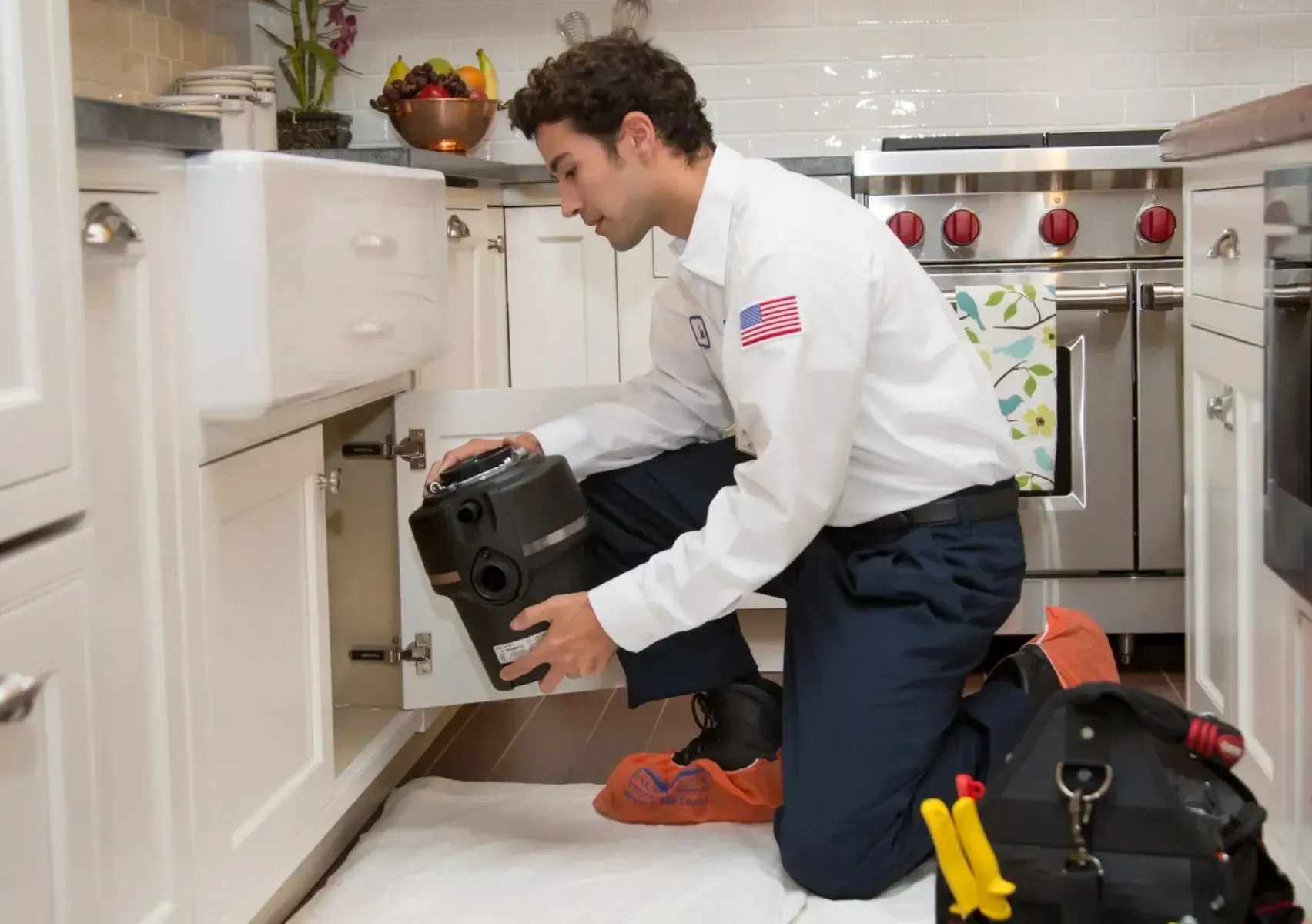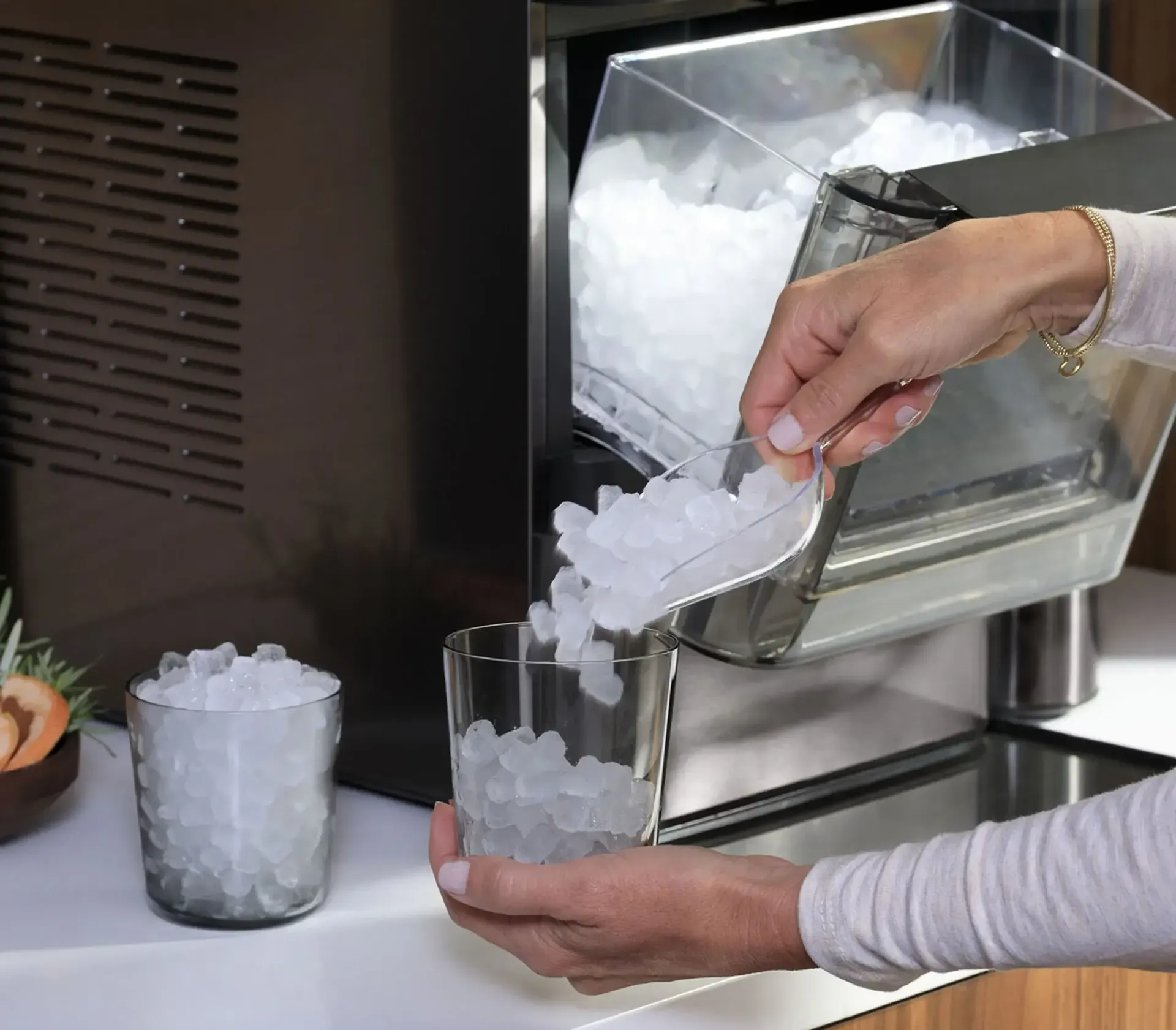Your refrigerator is the unsung hero of your kitchen, tirelessly working day and night to keep your food fresh and your beverages cold. But what happens when it starts acting up, making strange noises, or failing to maintain the right temperature? Before you call in the professionals and incur hefty repair bills, consider trying some do-it-yourself techniques to troubleshoot and fix common refrigerator issues. In this guide, we'll explore various DIY methods to help you diagnose and repair your refrigerator, ensuring it stays cool and functional for years to come.
The Basics:
Before diving into repair work, it's crucial to understand the basic components of your refrigerator. The primary parts include the compressor, condenser coils, evaporator coils, thermostat, and the door seals. Familiarize yourself with these components by consulting your refrigerator's manual or doing some online research. This knowledge will empower you to identify potential problems more accurately.
Diagnosing Common Issues:
a. Excessive Frost Build-Up: If you notice a thick layer of frost inside your freezer compartment or along the evaporator coils, it could indicate a problem with the defrost system. Check the defrost heater, defrost thermostat, and defrost timer for any signs of malfunction. Replace any faulty components to restore proper defrosting function.
b. Uneven Cooling: Is your refrigerator struggling to maintain a consistent temperature? This could be due to blocked vents, dirty condenser coils, or a malfunctioning thermostat. Start by cleaning the condenser coils with a vacuum or brush to remove dust and debris. Ensure that the vents inside the refrigerator and freezer compartments are not obstructed by food items. If the issue persists, consider replacing the thermostat.
c. Noisy Operation: Unusual noises emanating from your refrigerator can be annoying and alarming. Rattling, buzzing, or squealing sounds may indicate problems with the condenser fan motor, evaporator fan motor, or the compressor. Inspect these components for any signs of wear or damage, and replace them if necessary. Lubricating moving parts can also help reduce noise levels.
d. Leaking Water: A puddle of water forming beneath your refrigerator is a clear sign of trouble. Check the water supply line, drain pan, and drain tube for leaks or blockages. Clean the drain tube using a mixture of hot water and mild detergent to remove any debris. If the issue persists, consider replacing the water supply line or the drain pan.
Tools and Supplies:
Before attempting any repairs, gather the necessary tools and supplies to ensure a smooth process. You may need a multimeter for testing electrical components, screwdrivers of various sizes, pliers, wrenches, and a flashlight for better visibility. Additionally, keep replacement parts such as thermostats, fan motors, and defrost heaters on hand in case they are needed.
Safety Precautions:
Working on electrical appliances poses certain risks, so it's essential to prioritize safety at all times. Always unplug your refrigerator before performing any repairs to avoid the risk of electric shock. Wear protective gear such as gloves and safety goggles to protect yourself from sharp edges and chemical cleaners. If you're unsure about any aspect of the repair process, don't hesitate to seek professional assistance.
Step-by-Step Repair Guides:
a. Cleaning Condenser Coils:
- Unplug the refrigerator and locate the condenser coils, usually located at the back or bottom of the unit.
- Use a vacuum cleaner or a brush to remove dust and debris from the coils.
- Clean the surrounding area to ensure proper airflow.
- Plug the refrigerator back in and check if the cooling improves.
b. Replacing Defective Thermostat:
- Disconnect the power supply and locate the thermostat, typically located inside the refrigerator compartment.
- Remove the thermostat cover and disconnect the wires attached to it.
- Take note of the wire connections or take a photo for reference.
- Install the new thermostat by connecting the wires according to the manufacturer's instructions.
- Replace the cover and restore power to the refrigerator.
c. Fixing Defrost System Issues:
- Turn off the refrigerator and locate the defrost heater, thermostat, and timer.
- Test each component using a multimeter to check for continuity.
- Replace any defective components as needed.
- Manually defrost the evaporator coils using a hairdryer or hot water to remove excess frost.
- Turn the refrigerator back on and monitor its performance.
d. Repairing Noisy Components:
- Identify the source of the noise, such as the condenser fan motor, evaporator fan motor, or compressor.
- Inspect the component for signs of wear or damage, such as worn bearings or loose screws.
- Lubricate moving parts with a suitable lubricant to reduce friction and noise.
- If the noise persists, consider replacing the faulty component.
Keeping Your Cool
Maintaining a properly functioning refrigerator is essential for preserving the freshness of your food and beverages. With the right knowledge and tools, many common refrigerator issues can be diagnosed and repaired at home, saving you time and money. By following the DIY techniques outlined in this guide, you can keep your fridge cool and efficient for years to come. However, always prioritize safety and seek professional assistance if you encounter any challenges beyond your expertise. With a little effort and know-how, you can ensure that your refrigerator remains a reliable appliance in your kitchen.



